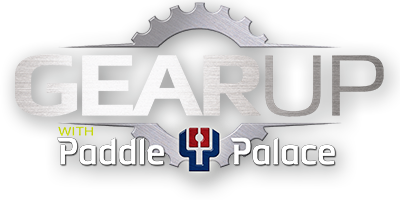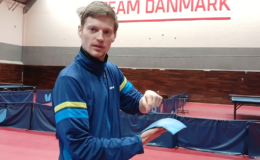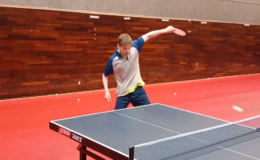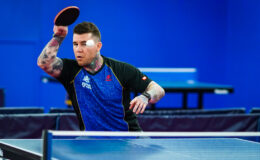By Larry Hodges, USATT Hall of Famer and Certified National Coach
Most players practice with drills that are very different from what they actually do in a match. There’s a logic to this – you want to perfect each part of your game, and you do that by isolating the shot so you can do it repeatedly, something you can’t do nearly as effectively in a game situation. For example, if you want to be able to loop over and over against a block in a match, you first should practice looping over and over against a block in practice against a ball blocked to the same spot, which doesn’t happen often in a match. However, there’s a time for isolating a shot to perfect it, and a time to match game situations.
After doing these simple rote drills, many players go either to random drills (such as the ball blocked randomly to all or certain parts of the table) or match-type drills (such as serve and attack). These are also good drills. But you also want to learn to connect how a rally really starts in a match (with a serve and receive) and how you’d follow it up, with an emphasis on doing so repeatedly so you can develop the techniques.
An example of a drill for this is one player serves backspin; the receiver pushes back long (usually to a pre-set spot); the server loops off the backspin to a pre-set spot, and then the rally continues with the server looping over and over off the block. The blocks can go to one spot, go side to side, or be randomly placed. A drill like this allows the server to combine looping off backspin with repeated loops against block, which is what often happens in a match.
A hitter (or a counter-driver or blocker, who still have to hit in rallies) could do a version of this where, after the opening loop against backspin (which even hitters, counter-drivers, and blockers should learn to do), he follows with hitting instead of looping. (In the modern game, nearly everyone at the higher levels learns to loop in rallies, but not everyone.)
A chopper/attacker could do the same drill, looping or hitting the forehand over and over, except the receiver’s goal is to block him out of position and force him to chop with his backhand. After that it could be free play.
Drills like these are not just for the server; the receiver is also practicing his receives and his blocks, or whatever else he is doing in the drill. Some drills should center around the receiver, who perhaps receives and attacks the next ball in a pre-set pattern.
The drills don’t have to all start with a serve and a long push return. You can do drills where the receiver pushes short over and over (and server flips, or perhaps pushes short again and loops the receiver’s next long push) or flips the serve over and over (to one spot or varied spots). Or the server can serve long, the receiver attacks, and the server counter-attacks.
So come up with your own drills where you do a drill that allows you to develop a shot repeatedly but in a more match-like situation by starting the rally with a serve and receive.



